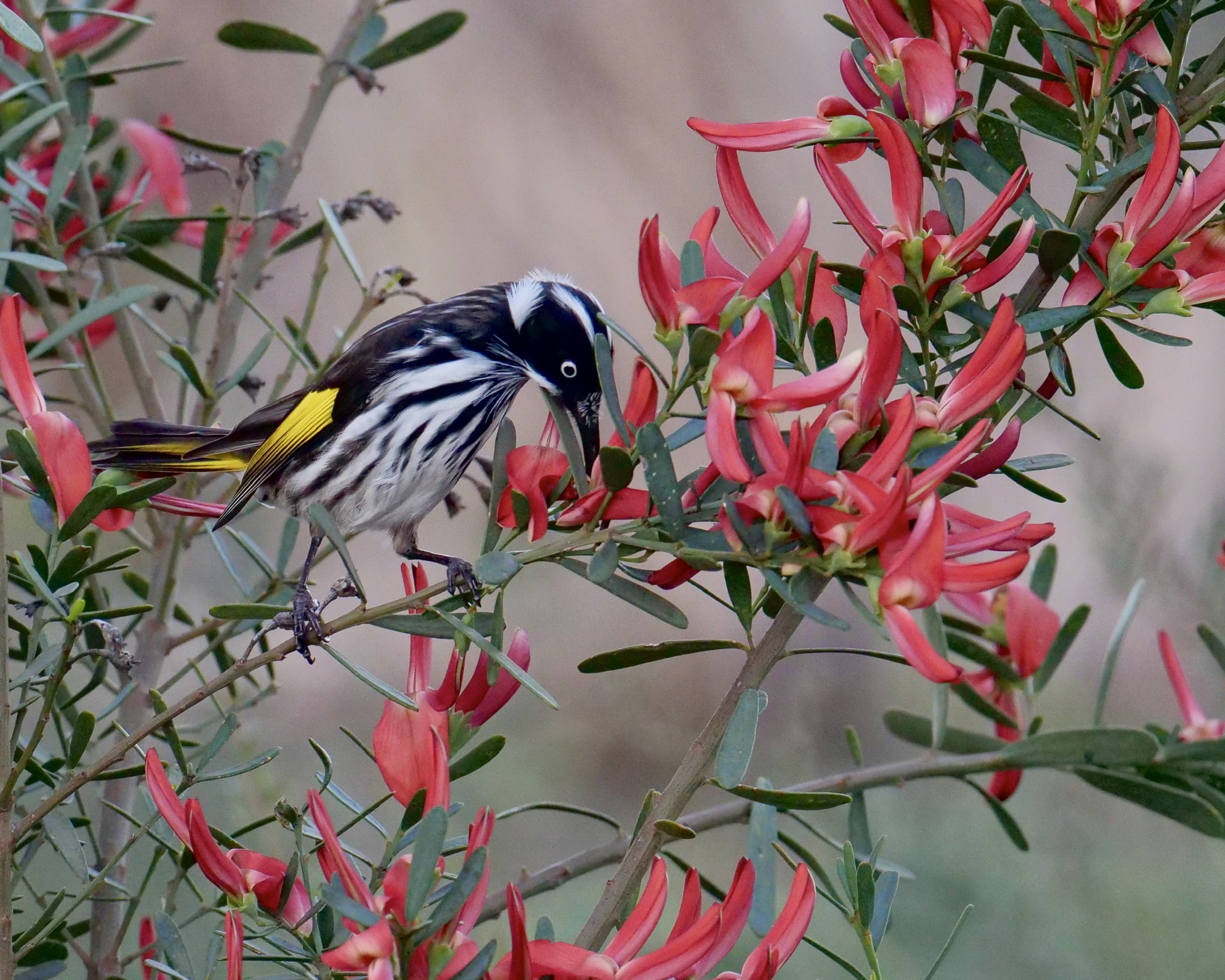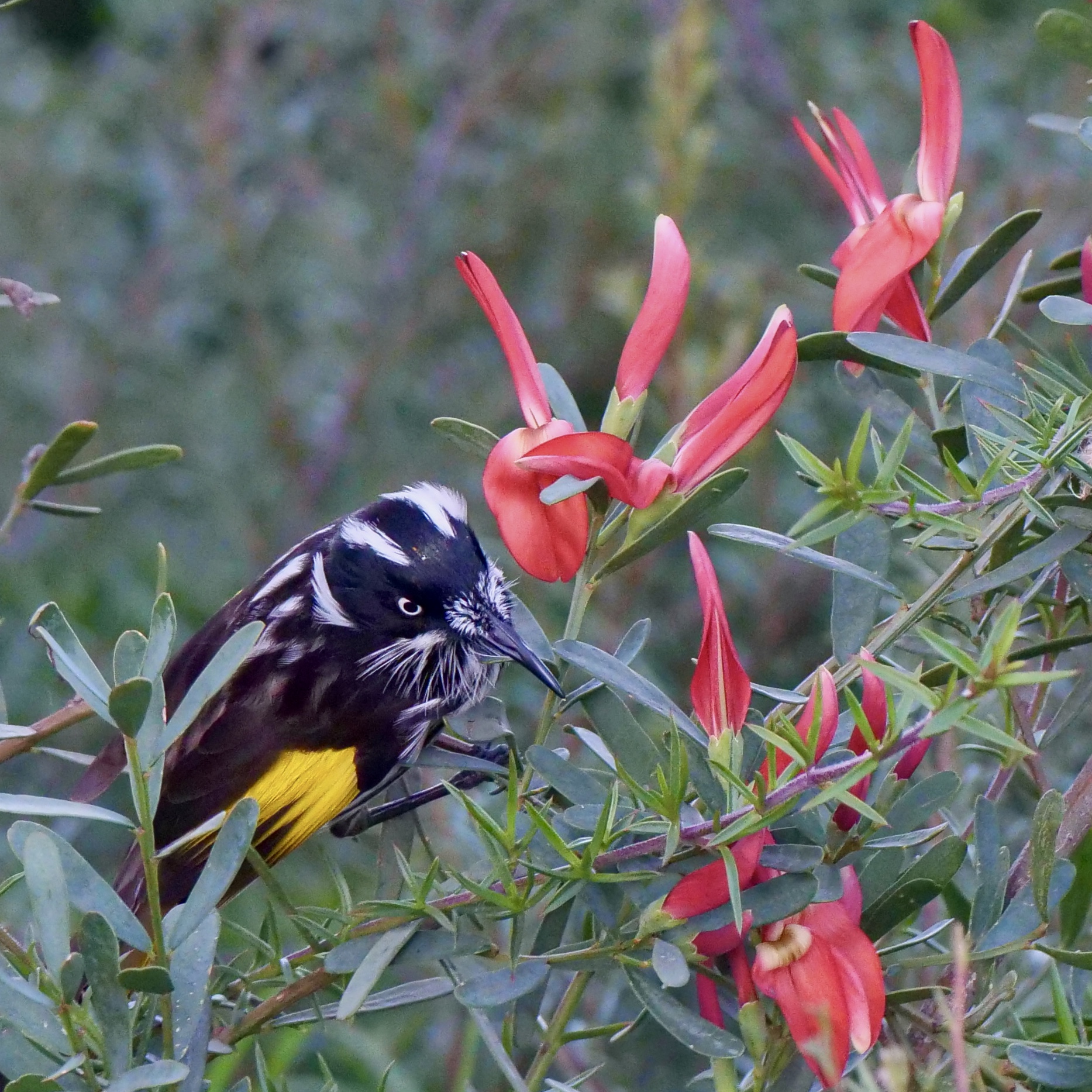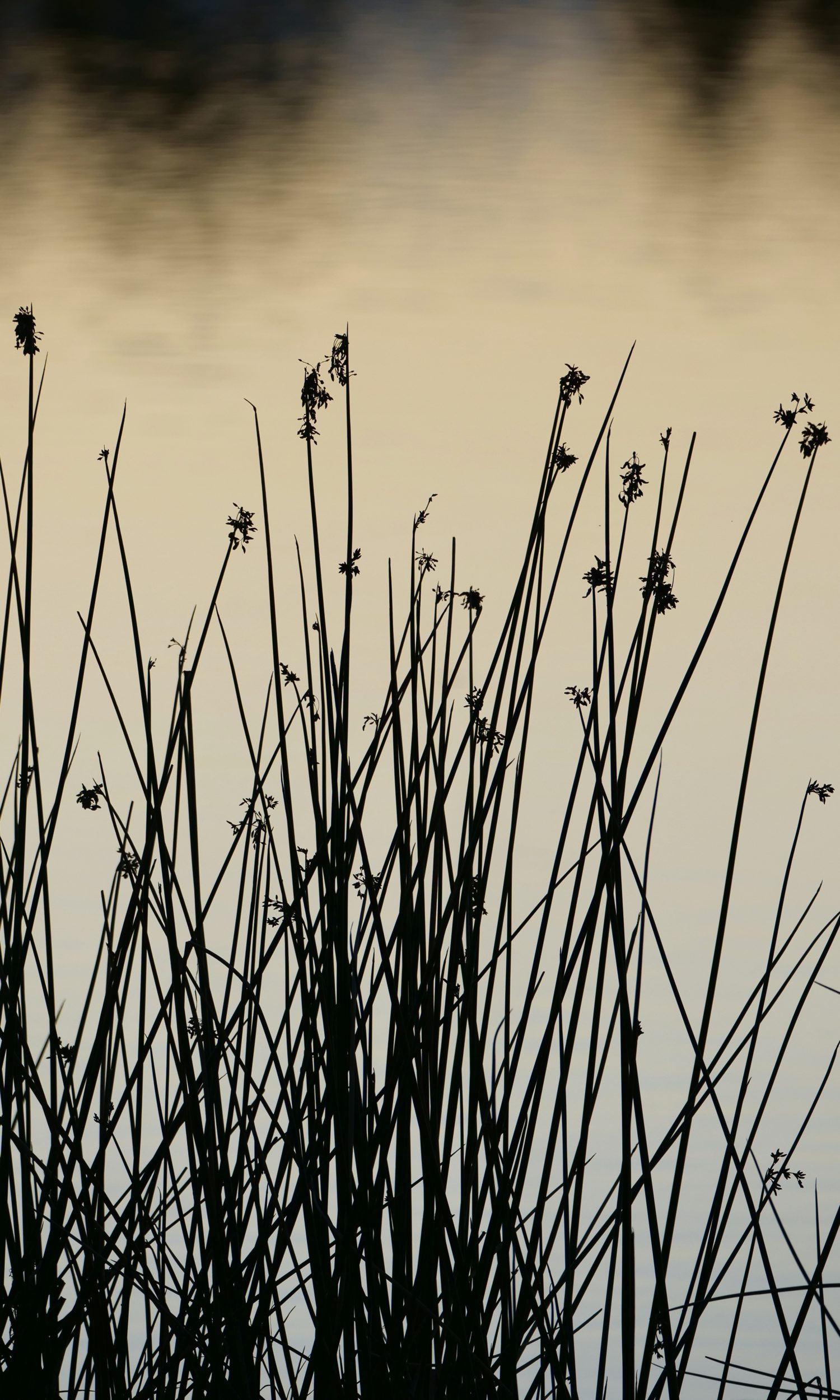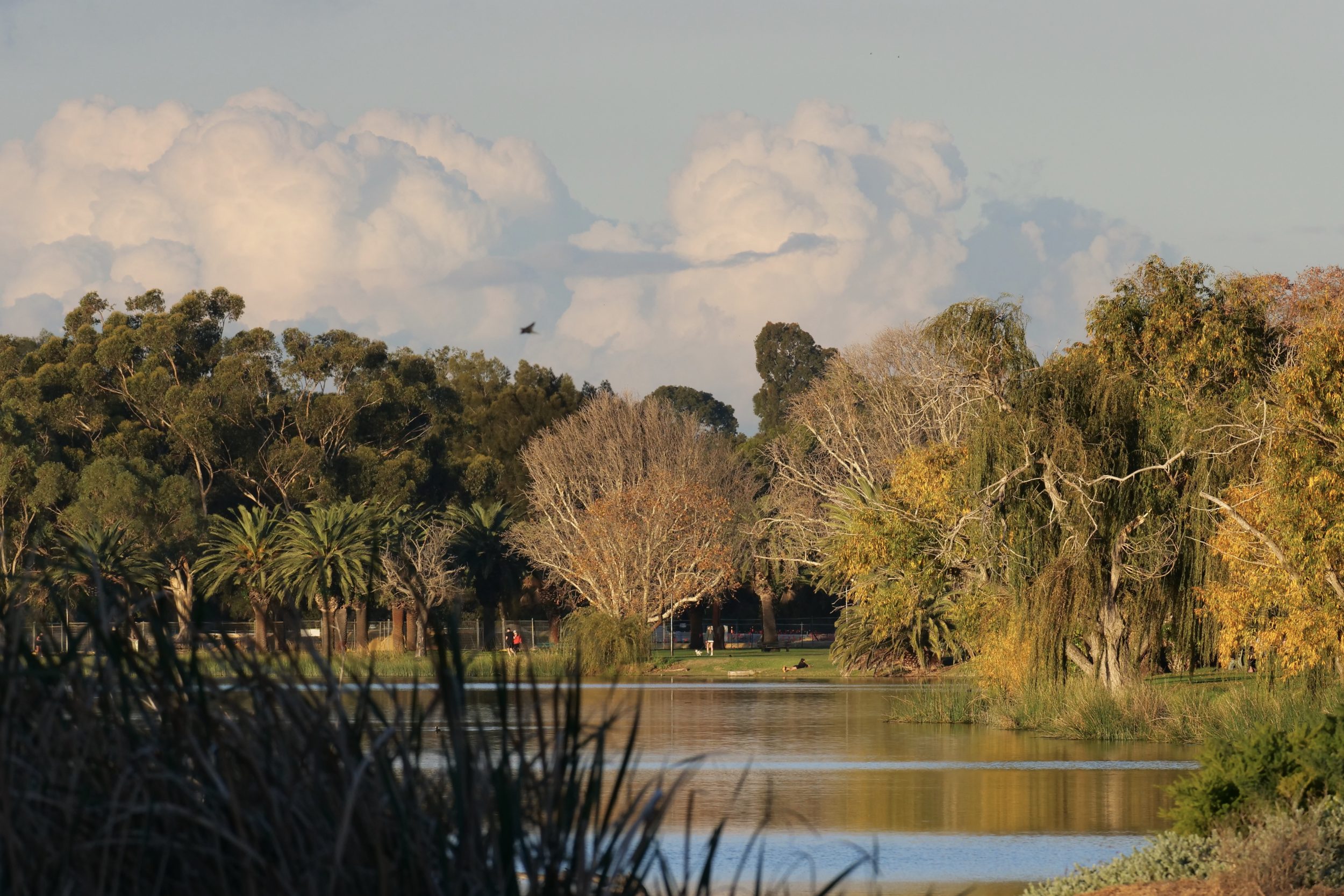..is by no means uncommon in Perth, but this one delivered something amazing.
The photo above shows Lake Monger Reserve’s southernmost section – its faux “European” part – where exotic trees and lawn predominate, still.
The image below looks to the lake’s longer, eastern shore, where an ongoing rehabilitation process has re-established more appropriate riparian vegetation.
There, “local” plants now predominate. They – along with other measures to reduce eutrophication – are key to Lake Monger’s recently-improving health, after circa 170 years of seemingly-irreversible, human-induced decline.
The rehabilitation effort is probably responsible for the day’s delightful surprise.
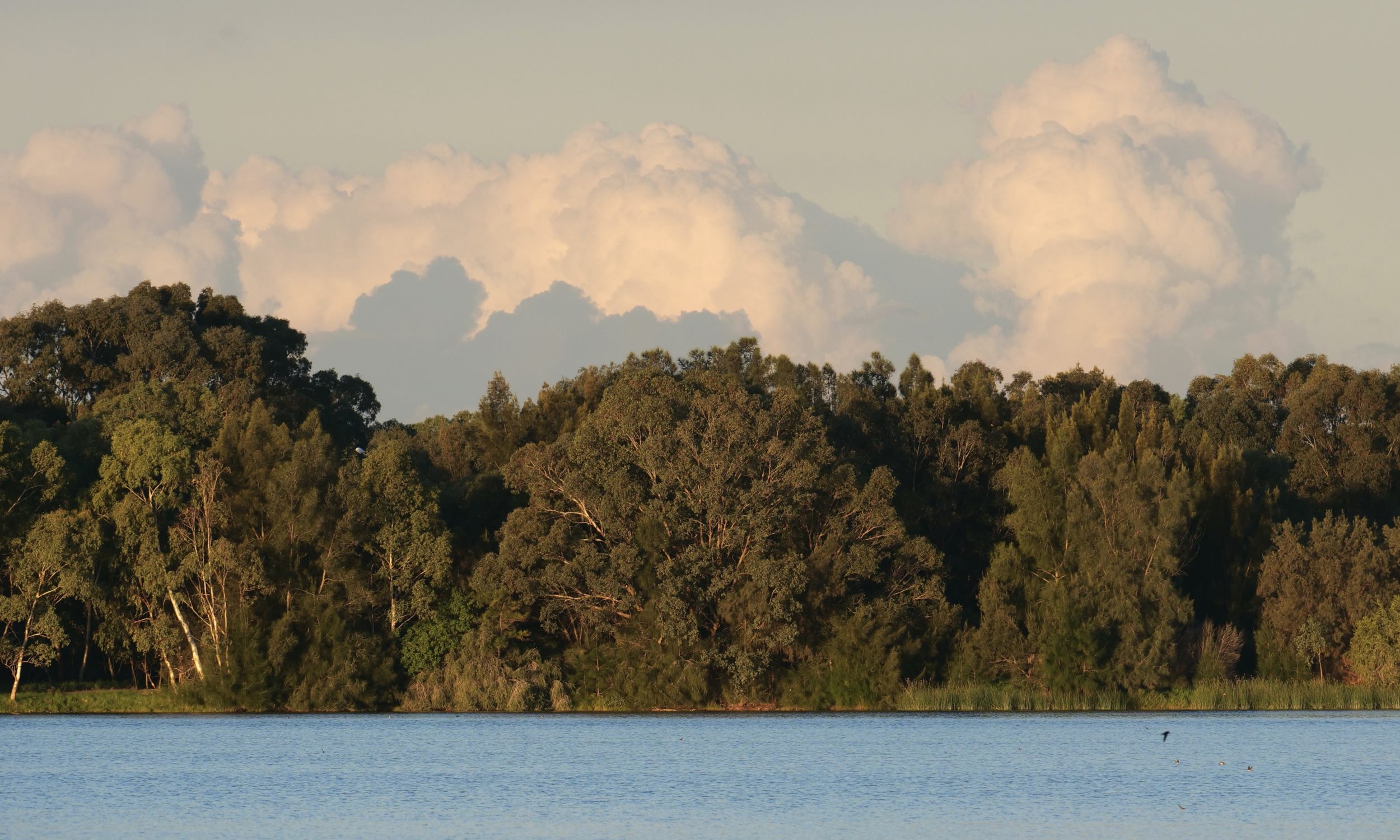
For 38 years my beloved and I have lived within walking distance of Lake Monger.
An initially “controversial” rehabilitation program – at first vigorously resisted by some local residents, but now heartily approved of by almost everyone – has utterly transformed Lake Monger’s east/northeastern/freeway side.
It is progressively changing the northwest, western and southwest shores.
The effect on birdlife has proved greatly beneficial.
For example, when we arrived in WA crested grebes (commonplace at nearby Herdsman Lake) were largely absent from Lake Monger.
Then, circa 2000, they started to turn up, but were at first very shy, taking advantage of newly-available shelter/privacy.
Now, they roam the entire lake, breed in open view, catch fish and feed their young, mere metres from many jogging humans.
Still, I had never seen there – nor expected ever to see – a member of the species which skimmed the nearby waters, then perched atop a nearby willow, late this winter’s afternoon:
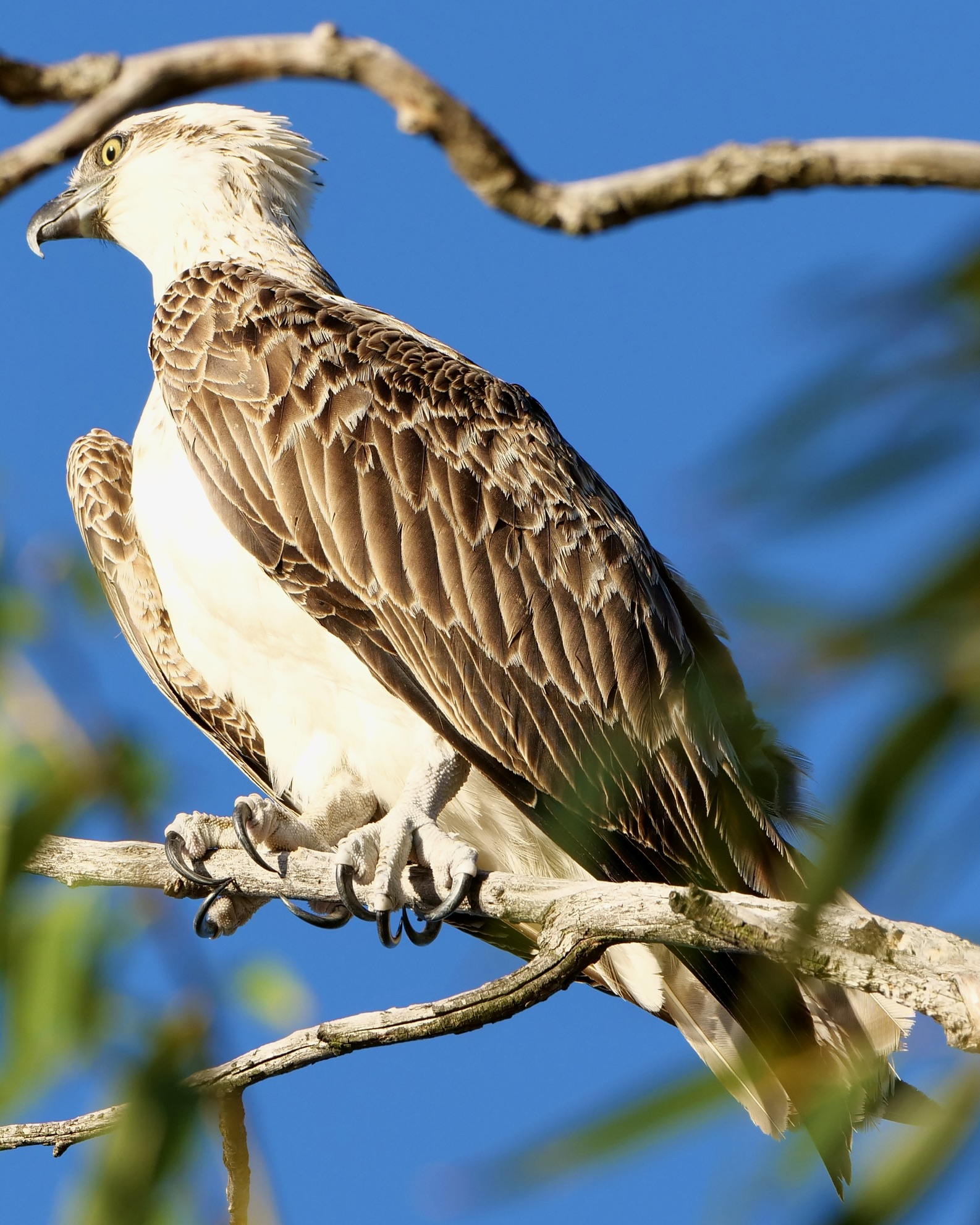
I have never heard – nor seen pictorial evidence, online – of anyone seeing an Osprey at Lake Monger; its waters are all rather less than a 4 kilometre flight from Perth’s GPO and central railway station.
(Eastern Ospreys – Pandion cristatus – are, however, a not uncommon sight elsewhere in Greater Perth. Within its huge sprawl are several breeding pairs, and any visitor to Rottnest Island can easily see Ospreys)
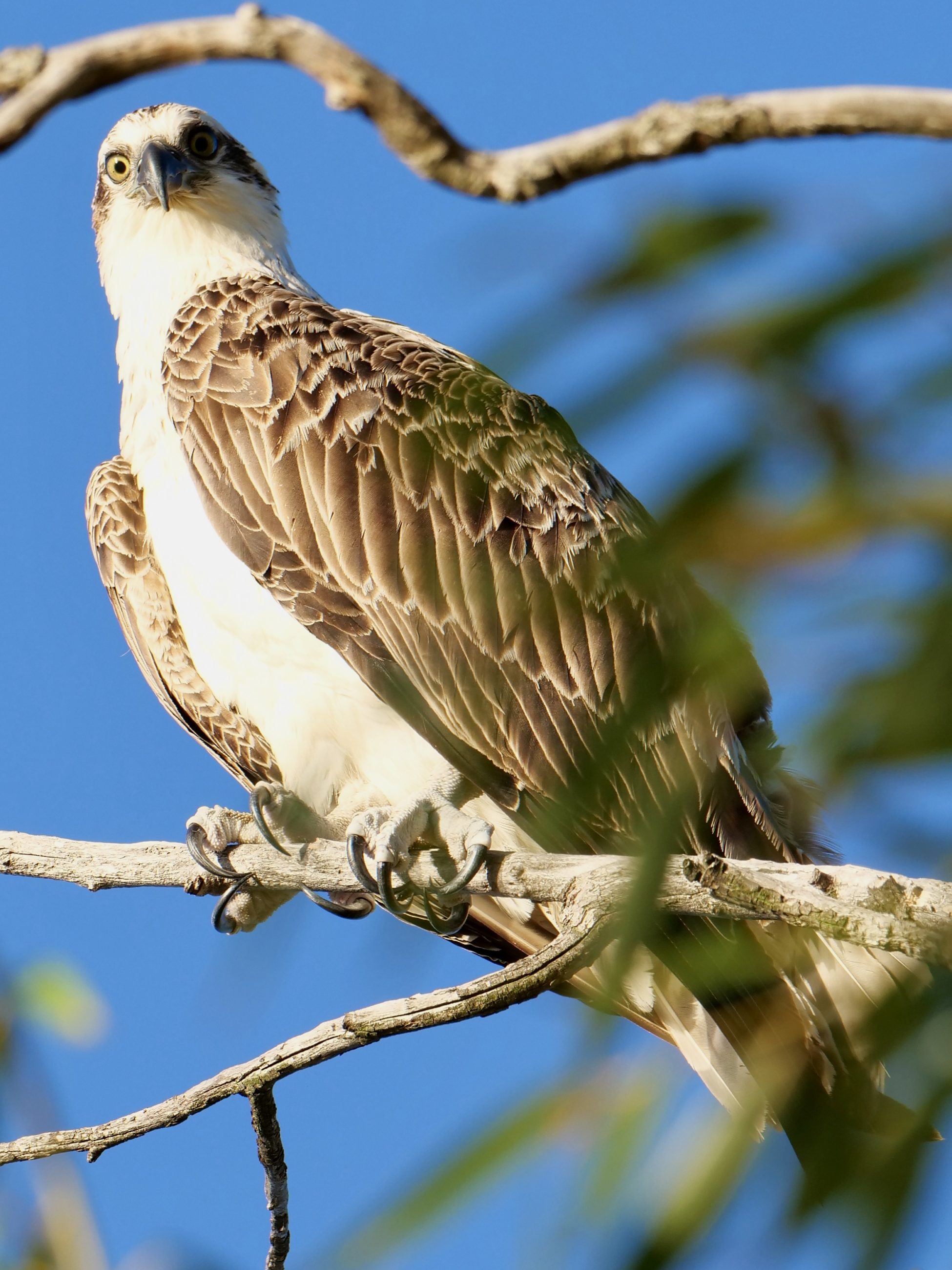
To my knowledge, we were two of just four humans who noticed the Osprey’s presence.
Just a few metres away were dozens of unseeing human eyes, as our hero rested for several minutes, before defecating and departing.
(photo tip – “defecate immediately before taking wing” is very common bird behaviour)
Nectar-eating birds have never been absent from Lake Monger Reserve, but its ongoing rehabilitation has enormously increased their supply of food and shelter.
Their presence is not merely a “Spring thing”.
